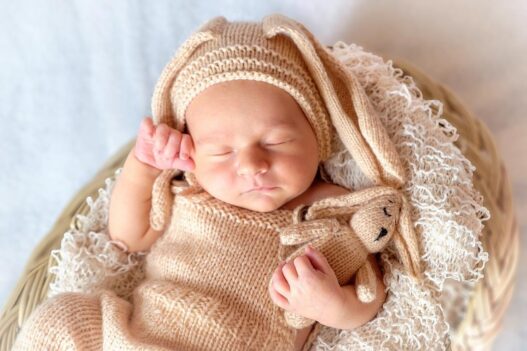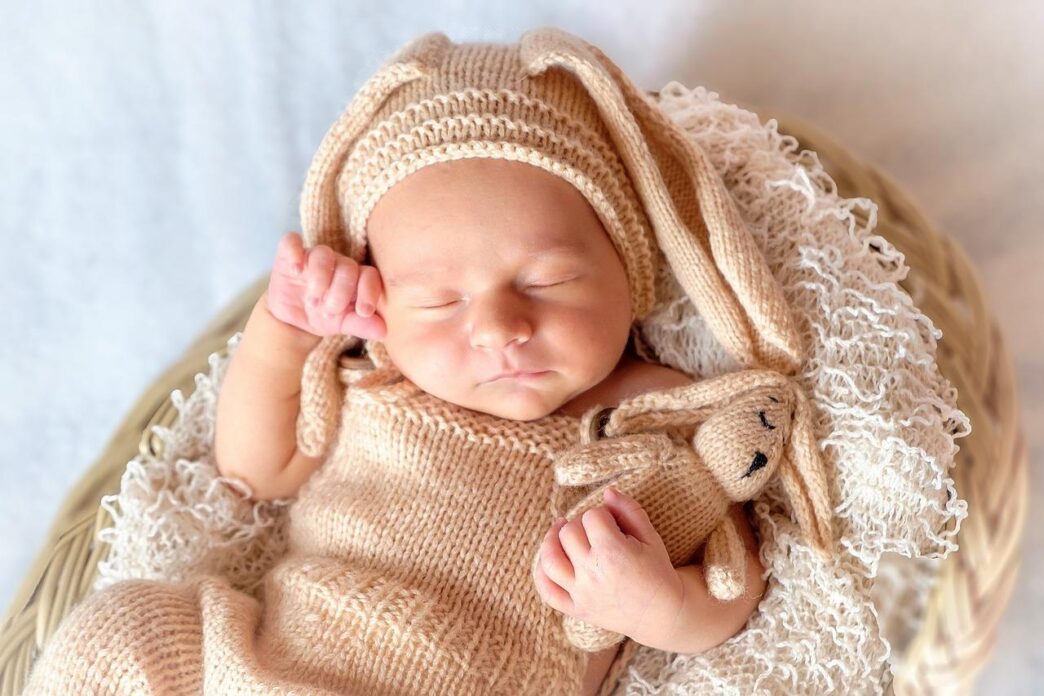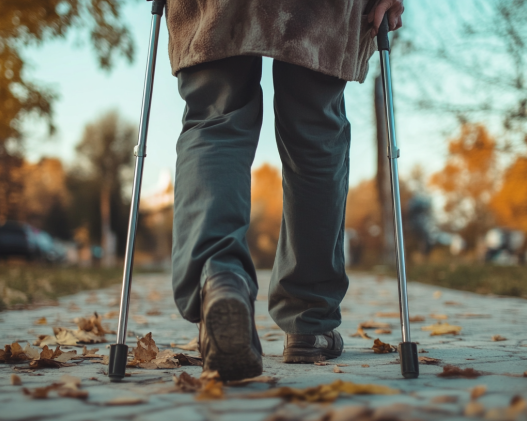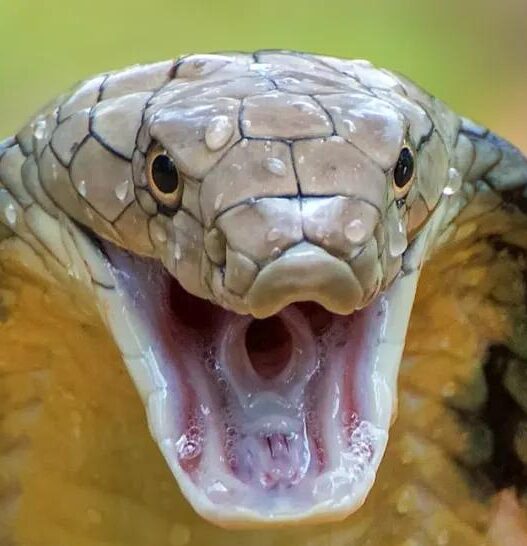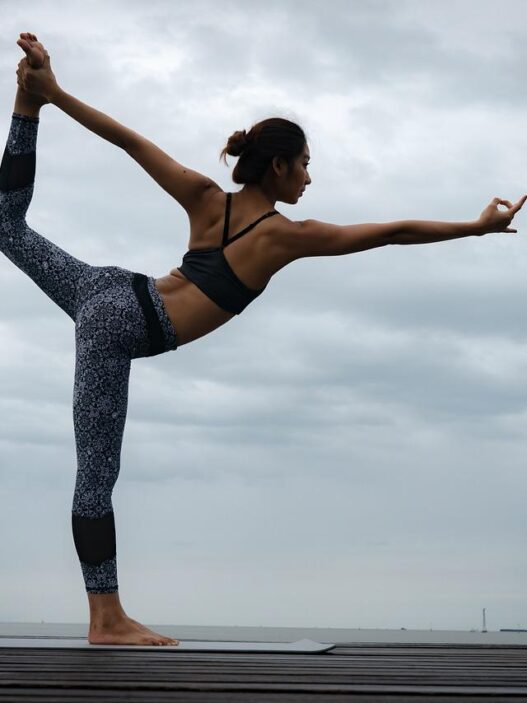Newborns, with their tiny, delicate bodies, are full of surprises! Hidden within their soft frames are a series of fascinating reflexes—adorable “little mechanisms” that can amaze new parents and make childcare even more delightful. These reflexes, known as primitive reflexes, are innate responses that all babies are born with. Unlocking them can reveal your baby’s natural skills while creating moments of joy and wonder.
Let’s explore these 7 fascinating reflexes, their significance, and how you can safely “test” them at home!
1. Galant Reflex: The Wiggly Wonder
The Galant Reflex, or trunk incurvation reflex, is triggered when you gently stroke one side of your baby’s spine. This causes the baby’s trunk and hips to curve toward the touched side, creating an adorable wiggle.
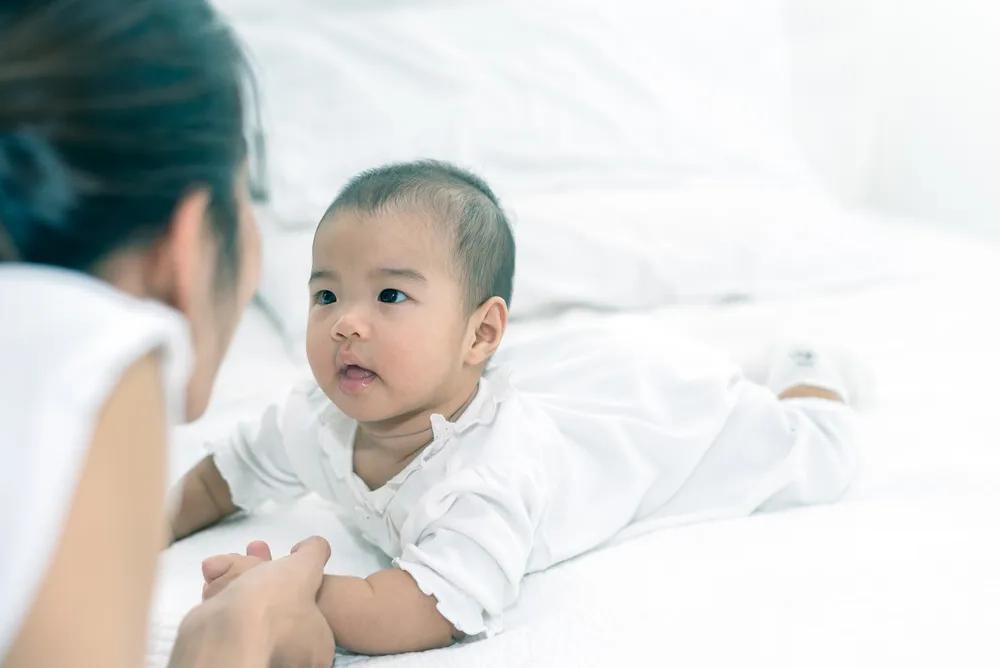
Why It Happens
This reflex develops around the 28th week of pregnancy and helps babies navigate the birth canal. It also contributes to motor development after birth. The reflex typically disappears by 3–6 months of age. If it persists beyond 6 months, consult your pediatrician, as it may indicate developmental issues.
Try It at Home
- Place your baby in a face-down position, supporting them carefully.
- Gently run your finger along one side of their spine, from their upper back to lower back.
Pro Tip: Use your fingertip, not your nail, to avoid scratching their delicate skin.
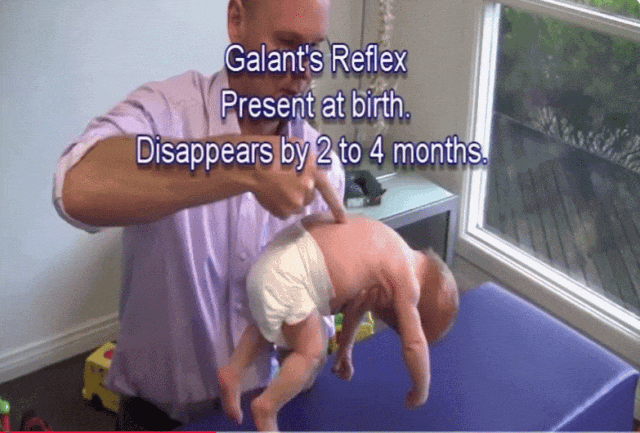
2. Babinski Reflex: The Toes Blossom
The Babinski Reflex, also known as the plantar reflex, is a fascinating response where a baby’s big toe bends upward, and the other toes fan outward when the sole of the foot is gently stroked.
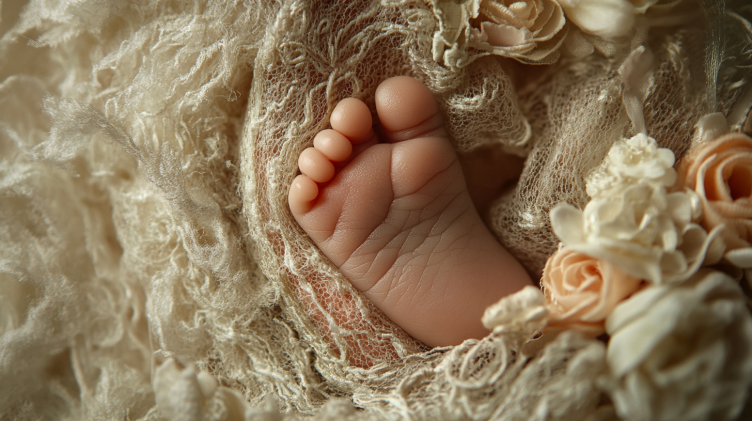
Why It Happens
This reflex may protect the baby’s foot and aids in sensory-motor development. It usually fades by 12–14 months. If it persists beyond this age, it may indicate a neurological condition requiring medical evaluation.
Try It at Home
- Hold your baby’s foot and gently stroke the outer edge of their sole, from heel to toes.
- Observe the toe “blossoming” response!
Note: Use a blunt object like your finger or a soft cotton swab.
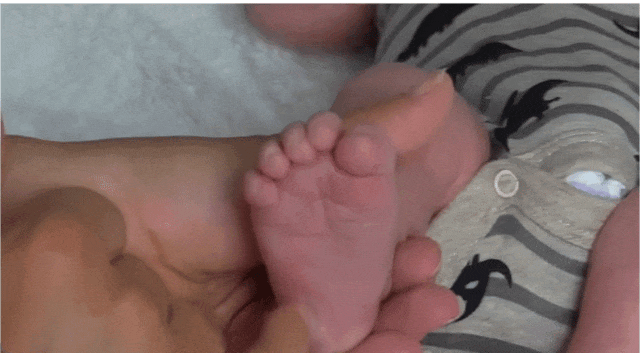
3. Fencing Reflex: The Tiny Swordsman Pose
The Asymmetric Tonic Neck Reflex (ATNR), or fencing reflex, occurs when a baby’s head is turned to one side. The arm and leg on the same side straighten, while the opposite side bends.
Why It Happens
This reflex prepares babies for hand-eye coordination and eventually rolling over. It is present at birth and fades by 4–6 months.
Try It at Home
- Gently turn your baby’s head to one side while they’re lying down.
- Watch for the “fencing” pose—straightened limbs on one side and bent limbs on the other.
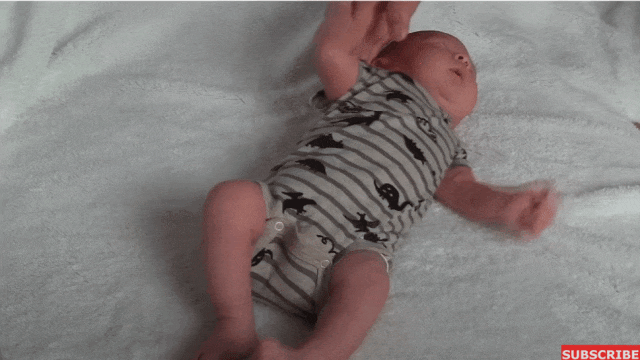
4. Rooting Reflex: The Hungry Explorer
The Rooting Reflex is essential for feeding. When you touch your baby’s cheek or the area around their mouth, they instinctively turn their head toward the stimulus and try to suck.
Why It Happens
This reflex helps babies find and latch onto the breast or bottle. It begins in the womb and disappears by 4–6 months.
Try It at Home
- Gently stroke your baby’s cheek.
- Watch them turn their head and open their mouth in search of food.
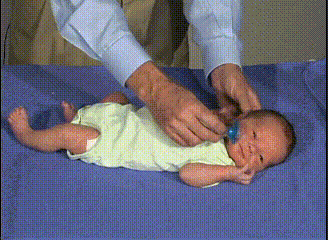
5. Moro Reflex: The Startled Hug
The Moro Reflex, or startle reflex, is triggered by sudden movements, loud noises, or a sensation of falling. Your baby’s arms will fling outward, then come back together as if they’re giving a hug.
Why It Happens
This reflex protects babies from potential harm and is present from birth until about 4–6 months.
Try It at Home
- Gently lower your baby’s head slightly while supporting their neck.
- Watch them startle and make the hugging motion.
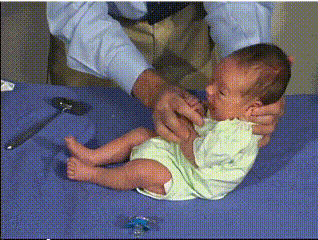
6. Grasping Reflex: Tiny, Mighty Grip
The Grasping Reflex occurs when you place an object in your baby’s palm or press on their foot sole. They’ll instinctively grab it tightly, showcasing surprising strength.
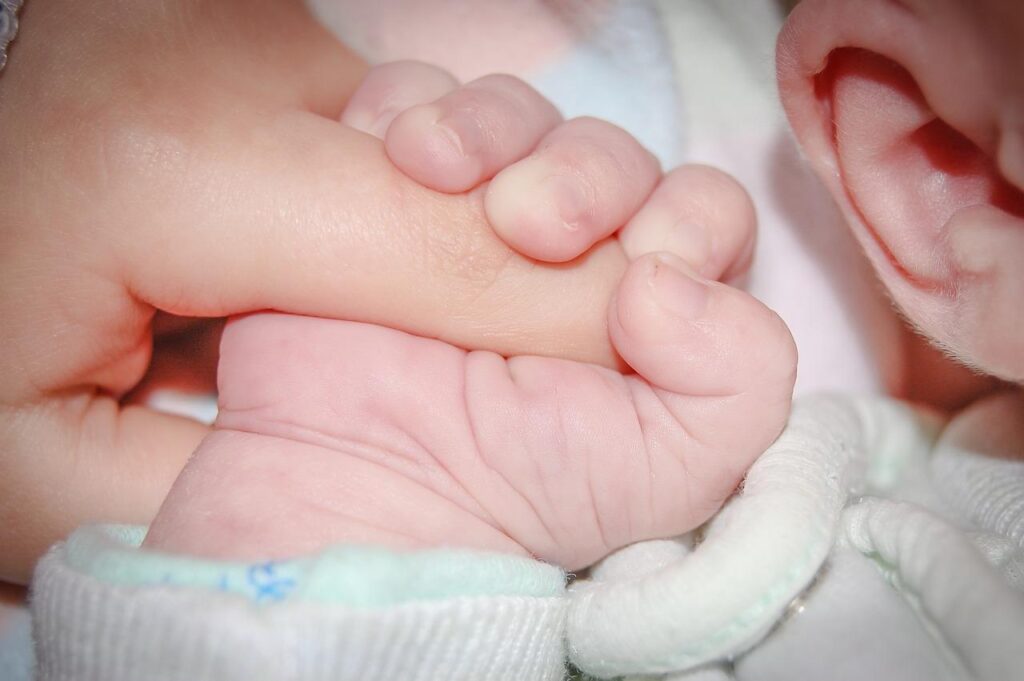
Why It Happens
This reflex strengthens the bond between parent and child, such as when babies hold onto their mother’s finger. The hand grasp fades by 6 months, while the foot grasp may persist until 10 months.
Try It at Home
- Place your finger in your baby’s palm or gently press under their toes.
- Feel the strong grasp!
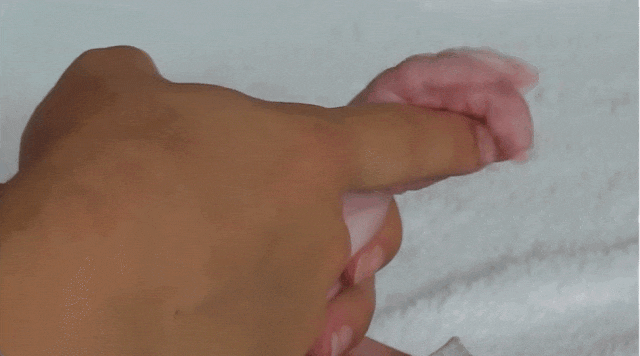
7. Stepping Reflex: The Pre-Walking Dance
The Stepping Reflex makes babies “step” when their feet touch a flat surface while being held upright. It’s an adorable precursor to walking!
Why It Happens
This reflex develops in the womb around 32 weeks of gestation and usually fades by 2–3 months.
Try It at Home
- Hold your baby upright, with their feet touching a firm surface.
- Watch them take tiny, alternating “steps.”
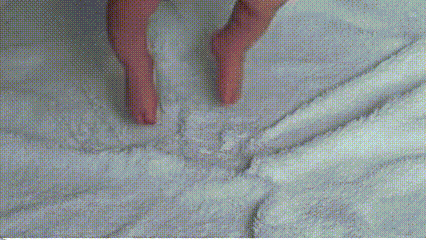
Unlock the Magic of Baby Reflexes!
Each of these reflexes is a window into your baby’s early development, offering glimpses of their physical and neurological growth. Remember to be gentle, observe carefully, and enjoy these fleeting moments of discovery.







